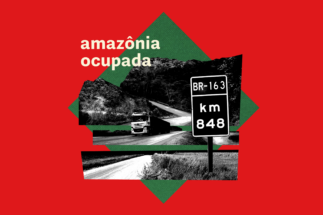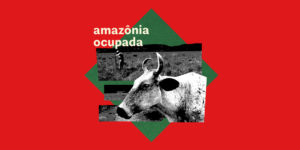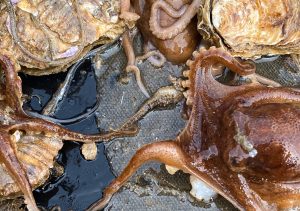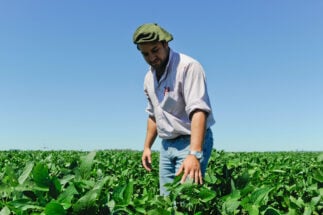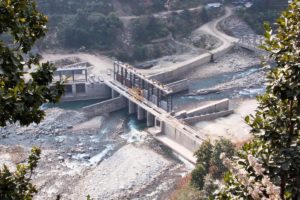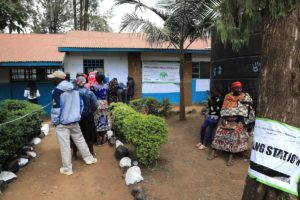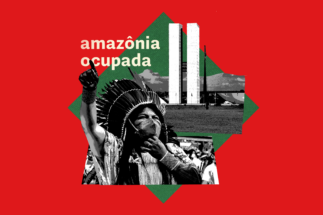Here in Alter do Chão, the fine sands from the banks of the River Tapajós swirl in undulating forms in crystal clear waters, earning this corner of the Brazilian state of Pará the nickname of “the Caribbean of the Amazon”.
Editor’s note
This article is a summary of the fourth episode of Amazônia Ocupada, a new podcast series by Diálogo Chino, available in Portuguese only. Listen here.
At the beginning of this year, however, images of pollution staining these paradise-like beaches made national news. Soon after, inspections by the Federal Police and ICMBio, the government biodiversity protection agency, concluded that the river’s turning to a brown-reddish hue was caused by illegal mining and deforestation, which had been occurring for hundreds of kilometres along the Tapajós basin.
After an initial gold rush in the 1980s, mining activity has since expanded across the Amazon region, especially within indigenous lands. Faced with obsolete regulations and the dismantling of environmental supervision, the activity has been free to advance, and is a source of ever-escalating conflicts. In Alter do Chão, the pollution of a picture-postcard landscape has exacerbated local tensions.
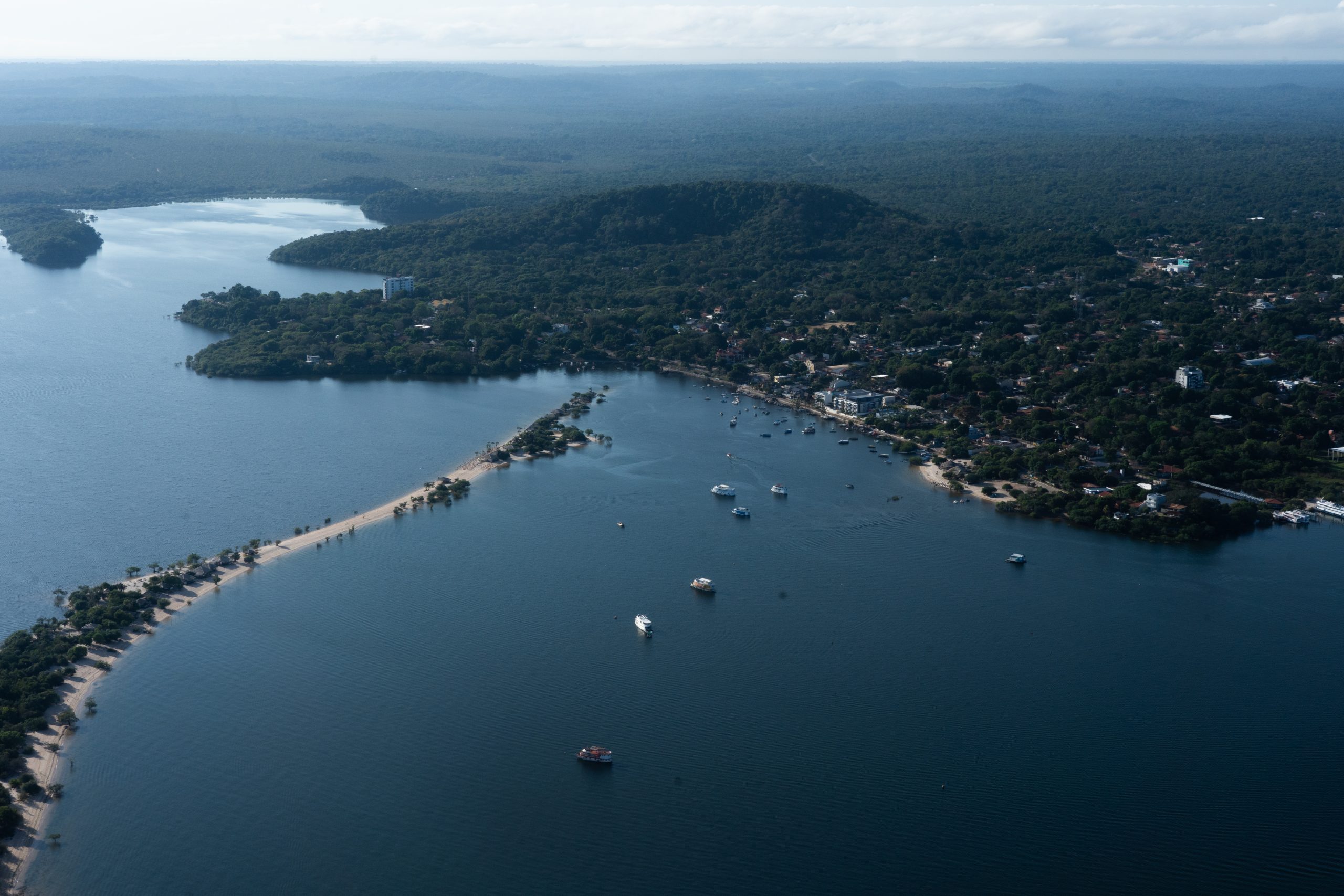
“We are not against progress, but we want to be heard too,” Munhoz tells us.
In the history of colonisation of the Amazon since the era of Brazil’s military dictatorship (1964-1985), mining, its impacts and characteristics tell a familiar tale. The activity is the focus of the fourth episode of Diálogo Chino’s new Portuguese-language podcast series, Amazônia Ocupada, produced in collaboration with Trovão Mídia.
Across five episodes – all accompanied by English articles – we travel along the BR-163 highway, a route that has been central to the development of the Amazon and its exploitation over the last five decades. In the first three parts of the series, we looked at the history and complexities of soybean, livestock farming and logging supply chains.
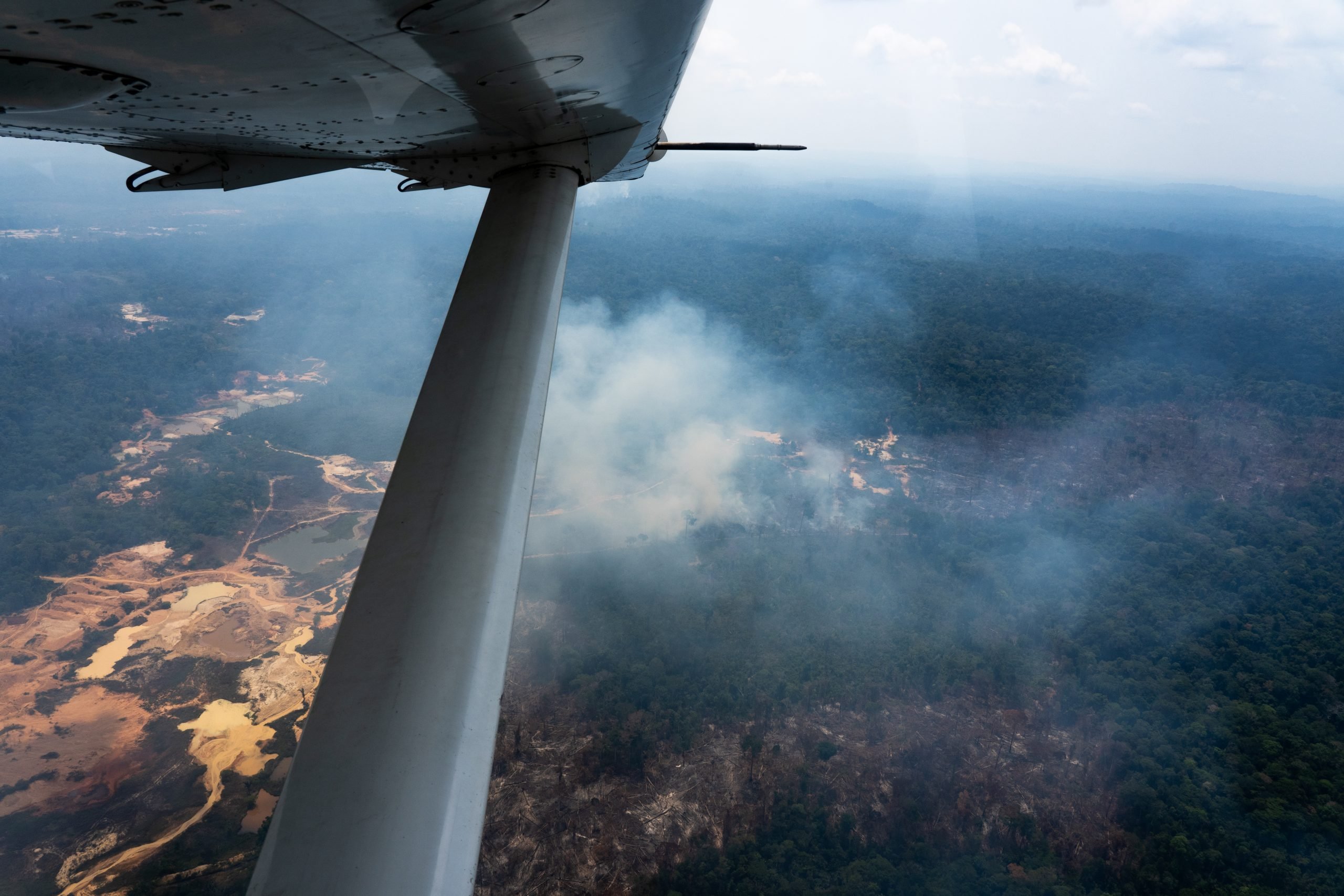
We travelled along the Transgarimpeira, a road that cuts across the BR-163, and one that has served as an axis for the expansion of the gold mining. On a recent flyover, it was possible to spot garimpos – the name given to informal, artisanal and small-scale miners – on both sides of the 200-kilometre-long dirt road.
In the early 1980s, the mining population in the region jumped from 140,000 to 240,000. It was the era of Serra Pelada, the gold mine in southern Pará that was immortalised by the lens of photographer Sebastião Salgado, but that would later be closed by the government. Fearing the threat of conflicts with the thousands of miners who would be left without options, the Ministry of Mines and Energy created the Tapajós mining reserve and began construction of the Transgarimpeira highway near Moraes de Almeida, a district in the Pará city of Itaituba.
“My parents came here in the 1980s. I grew up among the bosses of the mines, the owners of the mines. I started working directly when I turned 18,” says Lucas Peralta, born and raised in Itaituba.

Garimpos that used to operate legally became irregular with the creation of environmental reserves in the mid-2000s. That is what happened to Peralta’s family. “My family were garimpo before I was born, almost forty years ago. And they had documentation issued by the federal government itself,” he says.
Peralta has “done it all” in the sector. With the Tapajós Mineral Development Institute, he now advocates for regulatory policies and less polluting practices for mining. To develop the activity legally, it is necessary to have a permit granted by the National Mining Agency. But the permitting system has loopholes: it does not establish a production limit, nor a mineral extraction technique. Although it provides for ore tracking, the control of this is also flawed.
According to prosecutor Gabriel Dalla, of the Federal Public Ministry of Pará, there have been attempts to regularise the area that have not advanced. “There was an intention to try to regulate, to create an impact zone around the Transgarimpeira. But obviously this causes major problems,” he says. These risks include setting legal precedents for mining to occupy more protected areas.
Thus, illegal mining continues to thrive. About 30% of the 158 tonnes of gold produced in the last year and a half in Brazil had evidence of irregularities, according to a recent study by the Federal University of Minas Gerais. The Itaituba region alone concentrated 75% of Brazil’s irregular gold, according to the survey.
Meanwhile, the tailings from illegal mining may contain mercury, a metal used to separate gold from the earth, which poses health risks. A study by the Federal University of Western Pará examined the situation in eight communities of Tapajós and Santarém. Of the 462 adults tested, 75% had mercury levels in their blood above the World Health Organization’s safe limit. Among the ribeirinho communities that reside along the riverbanks, this rate reached 90%.
Intoxication is caused by the consumption of fish from waters in which mercury has been dumped. The symptoms found in contaminated people range from dizziness and tremors to neurological changes, especially in children and pregnant women.
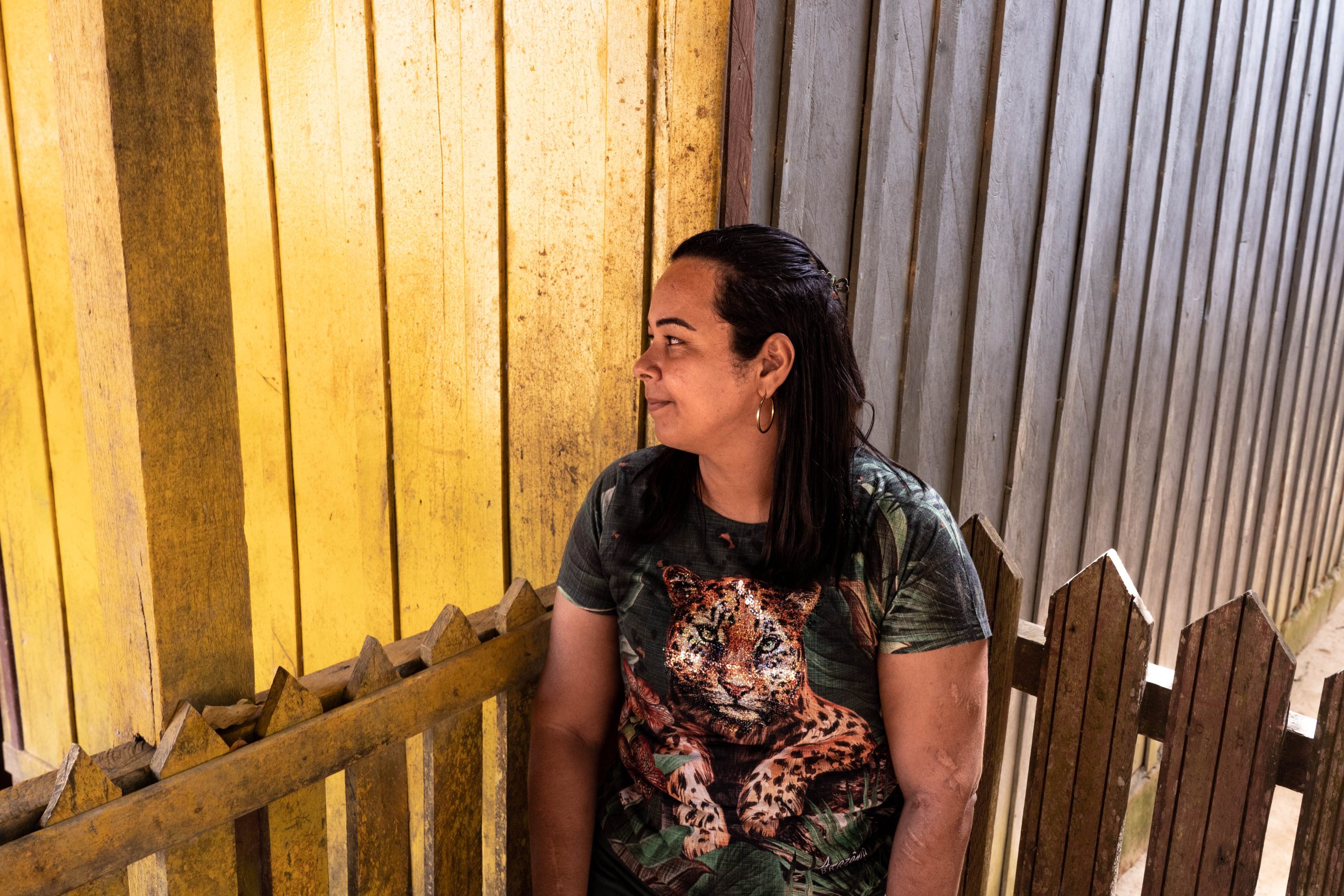
“I am speaking as a woman, as a mother, as a miner. Our survival depends on this, depends on you, so look at us as human beings, that’s what I ask,” Estrella said during a recent public hearing on the issue.
Episode four of Amazônia Ocupada is now available, in Portuguese only, on Spotify, Apple, Amazon and Deezer. The fifth and final episode and accompanying article will be released on Thursday 29 September.

